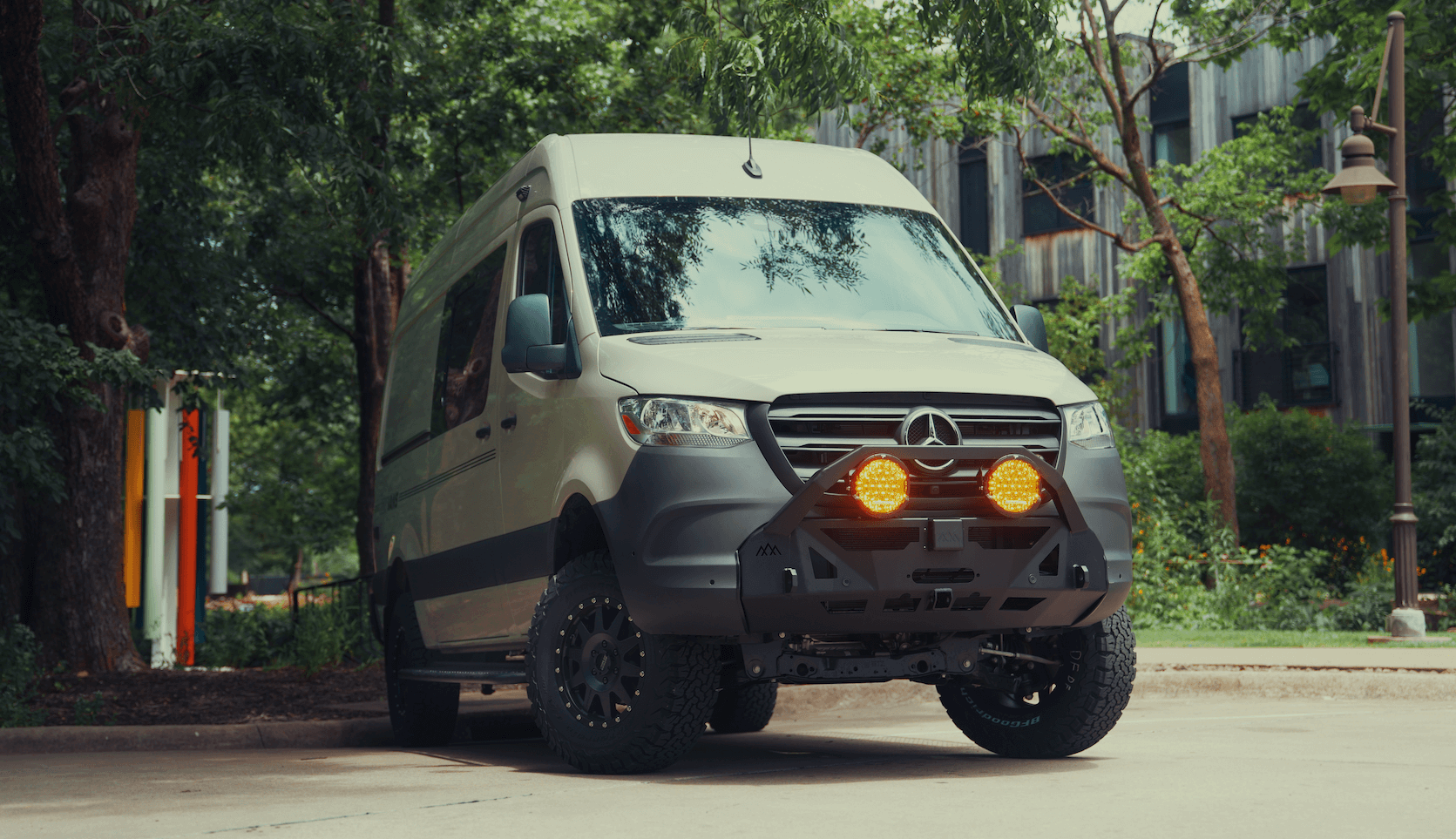Recreational Vans

A neutral ground bond connects the grounded circuit conductor to the equipment grounding conductor at one defined point. That single bond gives fault current a low impedance path back to the source so an overcurrent device can trip fast. Without a clear bond location, faults can linger, metal cases can sit energized, and people can get shocked.
In shore power scenarios, the service equipment is the authority. That is typically the marina or campground pedestal. The bond lives there, not in the vehicle. When a van or RV is treated as a subpanel, neutral and ground must remain isolated inside the rig. This separation prevents stray current on the grounding path and minimizes corrosion and nuisance trips.
Keeping those roles distinct prevents parallel current paths and touch voltage on exposed metal.
A correctly placed bond causes a fault to pull high current quickly. That burst of current trips a breaker or blows a fuse, removing the hazard. If the bond is missing or duplicated in the wrong place, the fault current can be limited or split, leaving energized metal parts and unpredictable breaker behavior.
The pedestal or service disconnect establishes the neutral ground bond for shore power. Everything downstream behaves as a feeder and subpanel. In practical terms, your vehicle’s distribution panel keeps the neutral bus isolated from the grounding bus. No strap, screw, or bar should connect them in the van when on shore power.
When a transfer switch selects shore power, it should pass a floating neutral into the vehicle. If the pedestal is wired correctly, the bond already exists upstream. The vehicle’s protective devices and grounding conductors then do their job without carrying normal return current.
Service equipment is responsible for the main bonding connection and the grounding electrode system. Pedestals often include GFCI or other protective devices depending on circuit rating and local code cycle. Treat the pedestal as the source when plugged in. If you find an open ground or reverse polarity with a tester, do not use that pedestal.
Inside the vehicle, treat the panel like a subpanel. Keep neutral isolated, land equipment grounds on a separate bar bonded to the chassis, and ensure the shore inlet ground is continuous to all metal cases. If you add a surge protector or EMS device, confirm it does not create an unintended neutral ground bond.
Common mistakes to avoid:
Generators and inverter chargers add a twist. When they act as the sole source, they can be separately derived systems. In that case, the bond moves to the source side through a controlled mechanism. The key is a transfer switch with a switched neutral and an inverter or generator designed to make or break the bond as modes change.
An inverter with an internal bonding relay typically bonds neutral to ground only in invert mode, then opens that bond when shore power is present. A generator may have a neutral bonded to the frame by design. If you back feed a bonded generator into a system that already has a bond at the pedestal, you can create multiple bonds and circulating current. The transfer equipment must prevent that.
Select UL listed equipment that explicitly supports switched neutral operation for mobile applications.
Carry and use these tools before plugging in or changing modes:
If a test shows reverse polarity, open ground, or GFCI misbehavior, stop and correct the source before energizing the vehicle. Document your configuration, label transfer equipment, and keep wiring diagrams on hand.
Closing guidance:
Designing and installing this correctly keeps people safe and reduces nuisance trips, galvanic issues, and equipment damage. It also makes troubleshooting straightforward, because there is only one intentional bond at any given time.
Precision matters with mobile power. If you want professionals to configure shore power, inverter charger integration, and transfer switching to standard, our team can help design and install a compliant package that fits your platform and travel style. Explore Recreational vans, see our approach to custom build vans, or review finance friendly mainstream vans. We build and deliver from Fayetteville Arkansas, with a handoff experience that makes your first plug in confident and safe.
Ready for a code compliant electrical system that just works? Tell us about your platform and trip goals. OZK Customs designs and installs shore power, inverter charger systems, and transfer switching that meet safety standards and protect your gear. Submit the form and get a build plan that fits your van and your timeline.
ADDRESS:
6159 E Huntsville Rd, Fayetteville, AR 72701
PHONE:
(479) 326-9200
EMAIL:
info@ozkvans.com